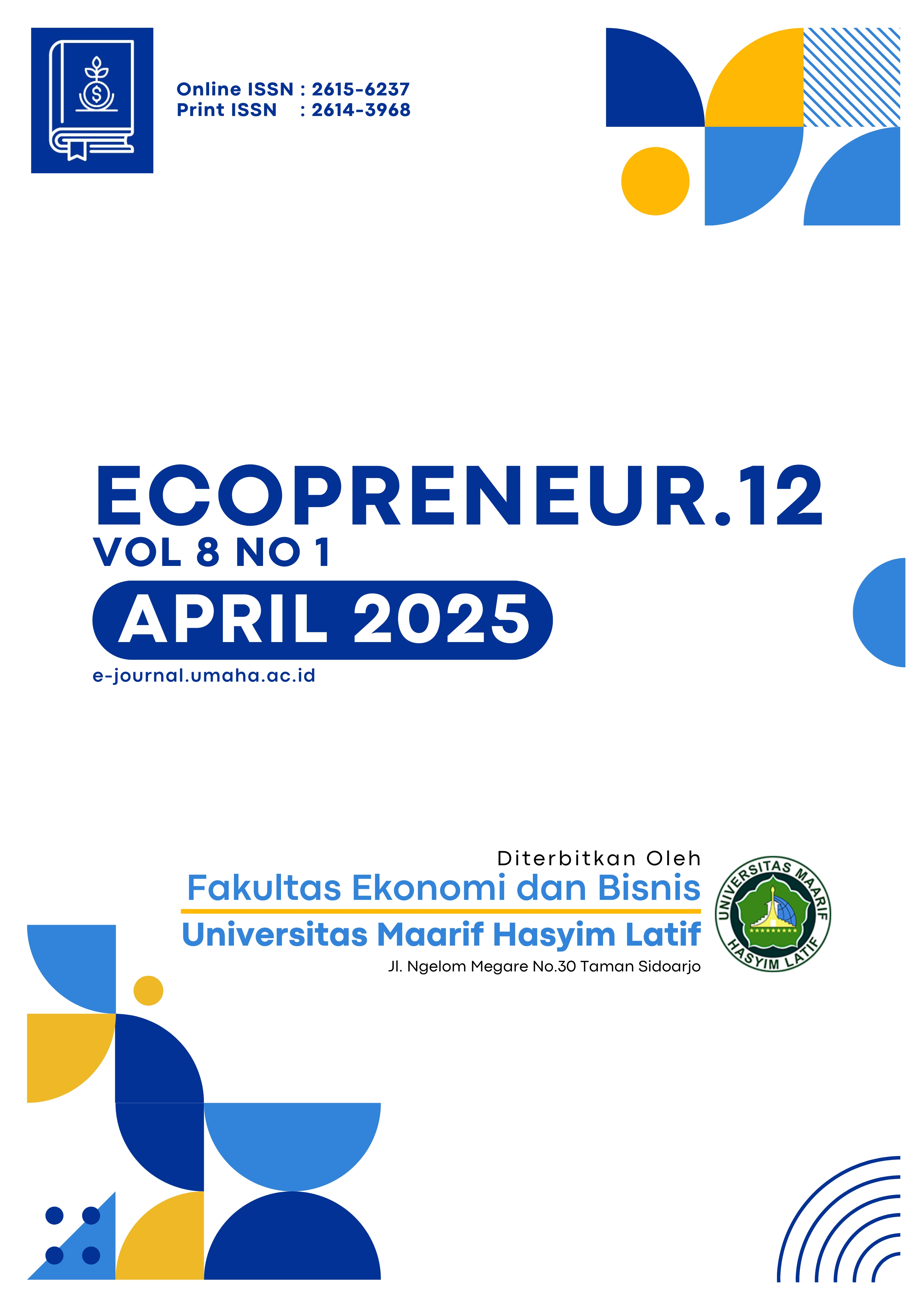STUDY ON LIGHT FIRE EXTINGUISHER PLACEMENT PLANNING FOR B BUILDING OF UNIVERSITAS MAARIF HASYIM LATIF
DOI:
https://doi.org/10.51804/econ12.v8i1.1-8Abstract
The definition of APAR (Light Fire Extinguisher) is a fire suppression device that can be carried or handled and operated by one person independently, with a weight ranging from 0.5 kg to 16 kg. APAR is a manually operated fire extinguisher that is directed by sweeping from the outermost point toward the innermost point where the fire is located. APAR is known as a portable fire extinguisher that is easy to carry, quick, and effective for initial fire suppression. Due to its portable and lightweight design, it is easy to approach fire affected areas. Because of its function for early fire handling, APAR should be placed in specific locations where it is easily visible and accessible for use. Observations have shown that fire mitigation in Building B of Ma’arif Hasyim Latif University in Sidoarjo has been less than optimal due to the limited number of APAR units and improper usage procedures. Therefore, additional APAR units are necessary according to the Indonesian Ministry of Manpower and Transmigration Regulation No. 04/MEN/1980 regarding APAR requirements and training. Based on calculations, Building B falls into the category of low fire risk, considering the presence of flammable materials such as electronic equipment, paper, cloth, and electrical installations that have the potential to trigger a fire. Given this fire hazard potential, it is important for building management to implement fire prevention policies that include the procurement and installation of APAR units in accordance with applicable standards. Based on the Indonesian Ministry of Manpower Regulation No. 04/MEN/1980, the required number of APAR units for Building B of Ma’arif Hasyim Latif University is 12 units, with 7 units already installed, meaning an additional 5 units are still needed.
Downloads
Published
Issue
Section
License

This work is licensed under a Creative Commons Attribution 4.0 International License.
With the receipt of the article by Ecopreneur.12 Editorial Board and the decision to be published, the copyright regarding the article will be transferred to Ecopreneur.12 Journal.
Ecopreneur.12 has the right to multiply and distribute the article and every author is not allowed to publish the same article that was published in this journal.

This work is licensed under a Creative Commons Attribution-NonCommercial-ShareAlike 4.0 International License.
Under the following terms:
Attribution — You must give appropriate credit, provide a link to the license, and indicate if changes were made. You may do so in any reasonable manner, but not in any way that suggests the licensor endorses you or your use.
NonCommercial — You may not use the material for commercial purposes.
ShareAlike — If you remix, transform, or build upon the material, you must distribute your contributions under the same license as the original.


